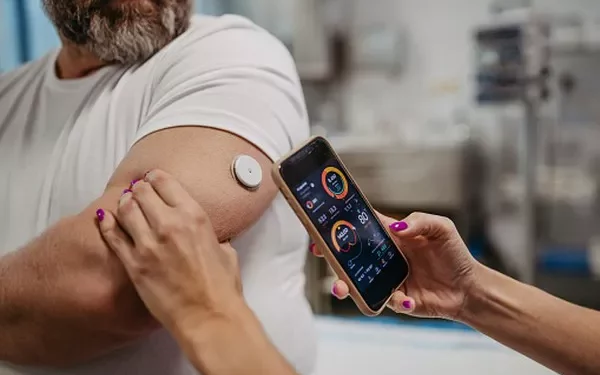A recent study published in JAMA Network Open sheds light on the relationship between type 2 diabetes mellitus (T2DM) and fracture risk in older women. The study highlights that poor physical function, rather than bone density, is the primary driver of increased fracture risk in this population.
Diabetes and Its Multi-Organ Impact
Diabetes affects over 500 million people worldwide, with type 2 diabetes mellitus (T2DM) accounting for approximately 96% of cases. T2DM is known to cause systemic damage affecting various organs, including the kidneys, cardiovascular system, eyes, and nerves. It also results in decreased physical function, which may contribute to an increased risk of fractures.
Previous research has indicated that women with T2DM often have higher bone mineral density (BMD) but weaker bone microstructure and increased cortical porosity. This paradox raises questions about whether higher BMD or deteriorating physical function is more strongly associated with fracture risk.
Study Overview
The study analyzed data from 3,008 women aged 75 to 80 years participating in the Sahlgrenska University Hospital Prospective Evaluation of Risk of Bone Fractures study. Researchers used various methods to assess bone health, including questionnaires, anthropometric examinations, physical function assessments, dual-energy X-ray absorptiometry (DEXA) for bone density, and advanced computed tomography (CT) for bone structure analysis.
Key Findings
Bone Strength and Density: Women with T2DM had higher BMD at the hip and lumbar spine compared to non-diabetic women. They also had greater cortical area and density at the tibia and an 8.7% higher trabecular bone volume fraction. Measures of bone stiffness and failure load were higher in the T2DM group.
Fracture Risk: Despite better bone measures, women with T2DM had an increased fracture risk. Over a median follow-up period of 7.3 years, 1,071 new fractures were reported, including 853 major osteoporotic fractures (MOFs) and 232 hip fractures. Women using insulin had a 71% higher risk of fractures and a 90% higher risk of MOFs compared to controls. Those using oral medications had a 27% higher risk of fractures overall but no significant increase in MOFs or hip fractures.
Physical Function: Women with T2DM demonstrated significantly impaired physical function, including 10% weaker grip strength, 10% slower walking speed, and a 14% slower time to start moving. Poor physical function was associated with an increased risk of fractures, with a 50% higher likelihood of experiencing any fracture and MOF.
Mortality and Fracture Risk: T2DM, prolonged T2DM duration, and insulin treatment were associated with higher mortality risks. After adjusting for mortality risk, any-fracture and MOF risks were 21% higher, while the hip fracture risk was 25% higher in the T2DM group.
Glycemic Control: Women with the highest glycated hemoglobin (HbA1C) levels and those not prescribed osteoporosis medication had significantly increased risks of hip fractures.
Conclusions
The study concludes that while women with T2DM often have higher bone density, their increased fracture risk is primarily due to poor physical function rather than weaker bone structure. Physical activity levels are lower in individuals with T2DM, and their physical performance is impaired. Thus, enhancing physical function and activity may be crucial for reducing fracture risk in older women with T2DM.
These findings underscore the importance of addressing physical function and activity in managing fracture risk among older women with T2DM, alongside monitoring and treating bone density issues.
Related topics:
Third of People on NHS ‘Soup and Shakes’ Diet Reversed Type 2 Diabetes in a Year
NHS Liquid Diet Offers Hope in Reversing Type 2 Diabetes
Rajasthan Government Ignored Orders on Homeopathic ‘Insulin’ Drug, Raises Concerns



























